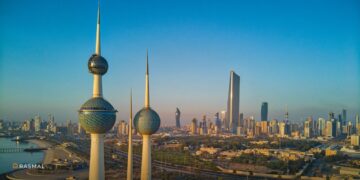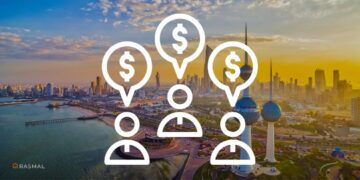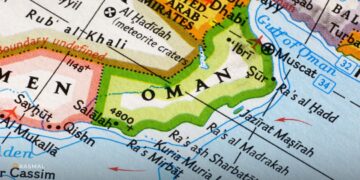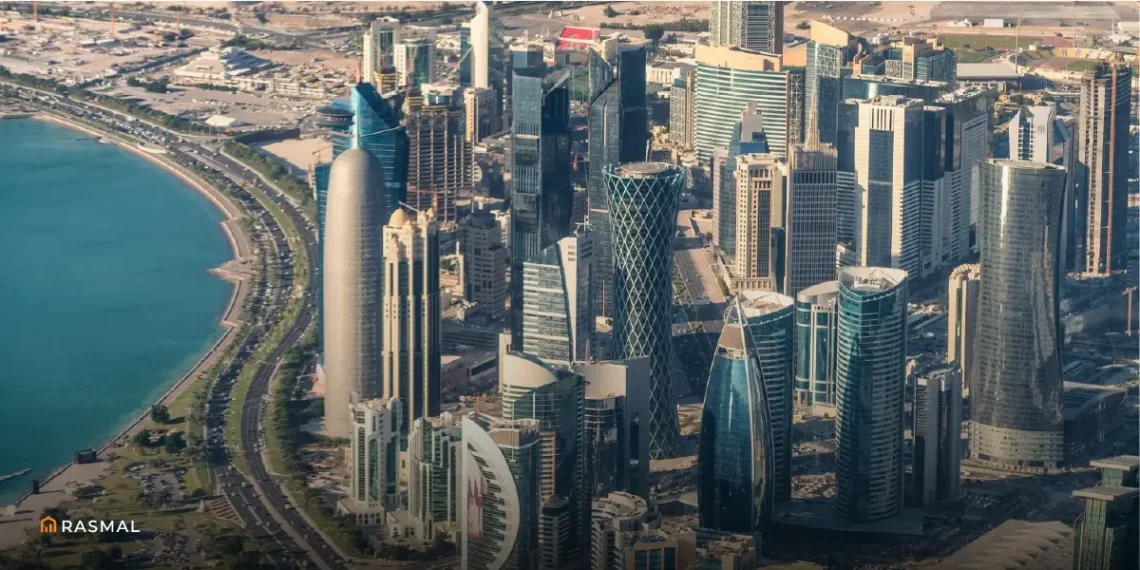- In 2023, Saudi Arabia managed a budget deficit of 80.9 billion riyals ($21.57 billion) despite lower oil revenue from cuts.
- Vision 2030 drives diversification, with the IMF projecting growth at 2.7% in 2024 and 5.5% in 2025.
- Oil revenue declined by 12%, but non-oil revenue surged by 11%. Recent regulations aim to boost local activity, while the non-oil private sector remains resilient with a PMI of 55.4 in January.
In 2023, Saudi Arabia’s budget deficit stood at 80.9 billion Saudi riyals ($21.57 billion), which was narrower than expected. This shortfall occurred as oil revenue decreased due to production cuts, despite the government’s efforts to increase spending and stimulate the economy.
The government had initially estimated a deficit of 82 billion riyals for 2023, with a further deficit of 79 billion riyals projected for 2024. This change in financial outlook reflects the challenges faced by the Arab world’s largest economy.
In contrast to the previous year’s budget surplus of over 103.85 billion riyals ($27.68 billion), the 2023 fiscal year saw a significant shift. Plummeting oil prices, coupled with ongoing production cuts, led to a deficit in the budget.
Total revenue for 2023 decreased by nearly 4 per cent compared to the previous year, amounting to more than 1.21 trillion riyals. While oil revenue experienced a 12 per cent decline to 754.56 billion riyals, non-oil revenue increased by 11 per cent to 457.72 billion riyals.
Meanwhile, the total expenditure for 2023 rose by 11 per cent to more than 1.29 trillion riyals. By the end of the year, the government reported a total debt of 1.05 trillion riyals, indicating a significant financial burden.
Saudi Arabia’s economic transformation under Vision 2030 aims to reduce dependence on oil and diversify the economy. Despite challenges, the kingdom strives to support domestic industries and job growth.
According to the latest International Monetary Fund estimates, the kingdom’s economy is projected to grow by 2.7 per cent in the current year and by 5.5 per cent in 2025. This follows an estimated contraction of 1.1 per cent in the previous year, primarily due to cuts in oil output.
Despite the challenges in the oil sector, non-oil economic growth has remained robust. The government’s initiatives to open various sectors for foreign investment have contributed to this resilience.
Riyadh’s recent regulation requiring multinational businesses to establish a local base aims to stimulate local economic activity and ensure fair competition. This move underscores the government’s commitment to economic stability and growth.
In the fourth quarter of the previous year, Saudi Arabia witnessed a 3 per cent increase every quarter to 36.99 billion riyals in the budget deficit compared to the previous quarter.
Oil revenue surged by 28 per cent year-on-year in October-December, reaching 249.21 billion riyals, while non-oil revenue decreased by 12 per cent to 108.77 billion riyals. Revenues and spending in the last quarter amounted to 357.98 billion riyals and 394.97 billion riyals, respectively.
The kingdom’s non-oil private sector economy continued to show strength in January, with the Riyad Bank purchasing managers’ index at 55.4. This indicates ongoing growth momentum and resilience in the face of economic challenges.
Follow us on Instagram, LinkedIn, and Twitter for startup & business news and inspiring stories of MENA businesses, entrepreneurs, startups, innovators, investors, and change-makers.
To report any issue or error in the story, please email us editor [at] rasmal [dot] com.
Last Updated on February 15, 2024 by Safiya K
























